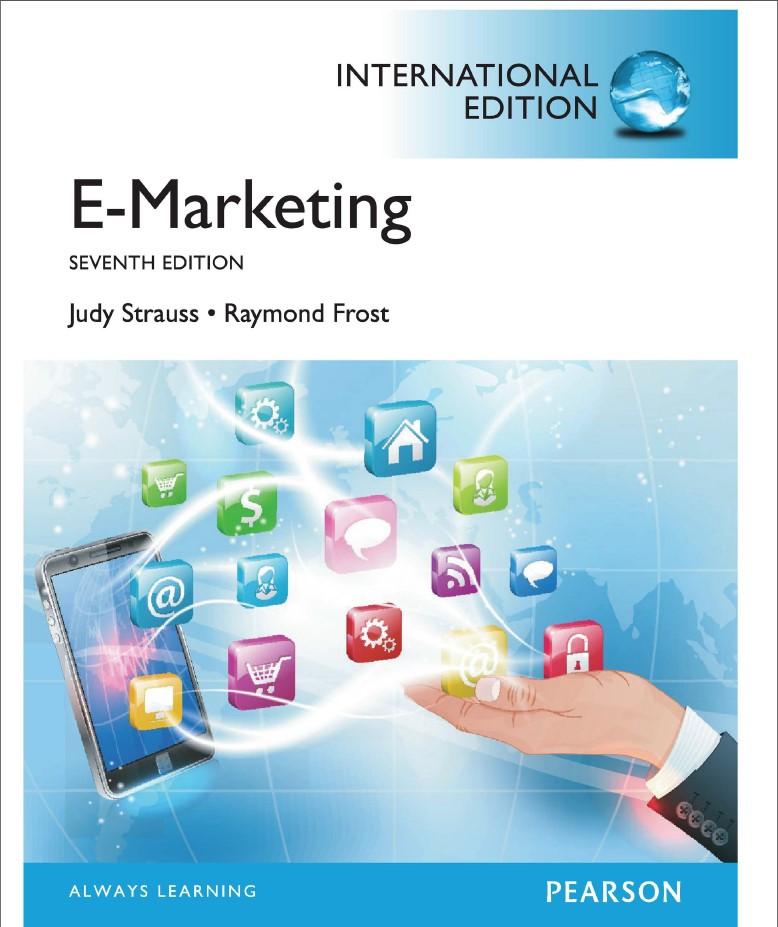Question
In the competition to attract athletes and produce champion?teams, universities increased their spending on college athletics four times faster than overall university spending from 2001

In the competition to attract athletes and produce champion?teams, universities increased their spending on college athletics four times faster than overall university spending from 2001 through 2003. Schools have poured money into athletic programs even though studies show that this practice does not increase winning rates or alumni donations? ("Review &? Outlook,"Wall Street? Journal,May? 27, 2005,? W15). ?Nonetheless, suppose that money does matter in producing championships. University A spends mA on its football team and University B spends mB. The fraction of the time that University A wins is wA=mA/(mA+mB)?, and the fraction of time that B wins is wB=?(1?wA?)=mB/(mA+mB). Suppose that each university wants to maximize its profit from having sports teams. The expected profit of University? i, i=?A, ?B, is ?i=vi(mi/mA+mB?), where vi is the value to University i of winning a game. Show that if vA=vB?, in the Nash equilibrium each school wins? one-half of its games. If vA=vB=?v, then each school will win? one-half of its games because each school will spend mi=.............on athletics.

Step by Step Solution
There are 3 Steps involved in it
Step: 1

Get Instant Access to Expert-Tailored Solutions
See step-by-step solutions with expert insights and AI powered tools for academic success
Step: 2

Step: 3

Ace Your Homework with AI
Get the answers you need in no time with our AI-driven, step-by-step assistance
Get Started


